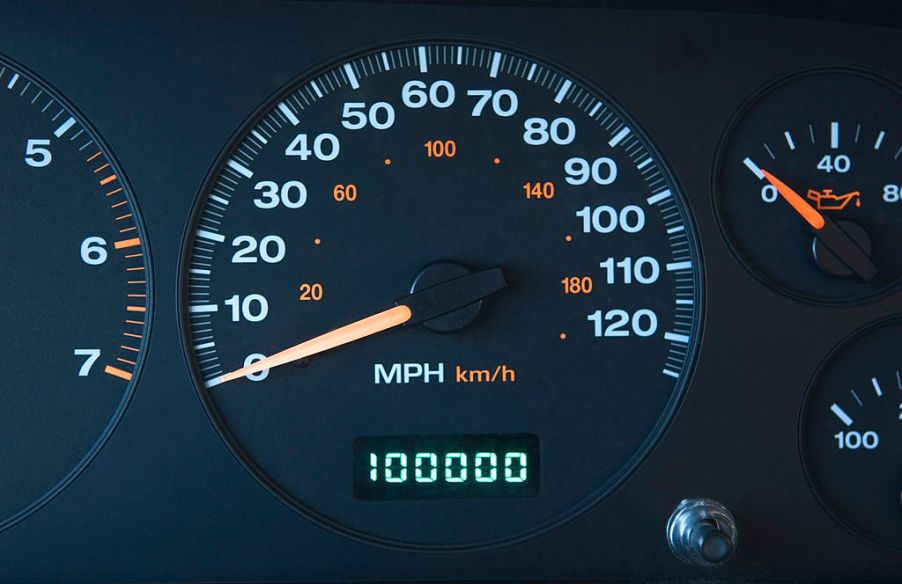
Is Buying a High Mileage Car a Good Idea?
The cost of depreciation can be high if you’re selling a car, but it can be low if you’re shopping for a car, especially ones with high mileage. High-mileage cars can look tempting because of their lower price tags, however, some shoppers might be deterred by the number count on the odometer.
If you’re shopping for a used car or SUV, but are not sure whether it’s a good idea to buy one because it has high mileage (over 100,000 miles), then you would be surprised to know that a high-mileage car can actually be cheaper to drive than a lower mileage one.
Depreciation can work in your favor
Cars depreciate over time whether they are driven or not. But as you may know, the more the miles that the car has, the more its value will depreciate.
If you’re looking to buy a high-mileage car, this depreciation can work in your favor and, believe it or not, the higher the mileage, the cheaper it can be to buy and drive the car.
The reason why is because, during any car’s lifetime, the depreciation curve will eventually plateau.
In order to explain this in an easier manner, we’ll use the example that was detailed in this video:
High mileage depreciation example
Let’s say you have a 2013 BMW M3, which would have an average mileage of 70,000 miles. According to KBB, the “private party” value for this car is $29,960.
Now, let’s say you drive it 25,000 miles, and with 95,000 miles on the odometer, the car is now worth $25,915.
This means that if you buy the M3 with 70,000 miles and then drive it for 25,000 miles, then it would depreciate roughly $4045, or about 16 cents per mile.
However, if that same M3 has 140,000 miles on it, the KBB value would be $19,849. Then, if you were to drive that car 25,000 miles, and got up to 165,000 miles on the odometer, then it would be valued at $17,435.
That means you would lose $2,414, or about 10 cents per mile to drive that same M3.
This example clearly shows how the depreciation curve will eventually plateau over time because a car is never going to be worth $0. So buying and driving a high mileage car can be cheaper in the long run.

Doesn’t higher mileage mean more issues?
It’s a no-brainer that by buying a high-mileage car, you’re running the risk of having some mechanical issues wrong with it from the get-go, if not later on.
That may be true, however, we always advise to get a pre-purchase inspection done before purchasing any used car, whether it has high miles or not.
Finding a reputable shop that can inspect the car and let you know what it needs could save you thousands later on. Also, although the inspection might cost around $150, it could be the best $150 that you’ve ever spent.
Especially if it means that you won’t be standing on the side of the road one day.

Luck of the draw
At the end of the day, it’s really the luck of the draw when it comes to buying a high-mileage car. But the plus side of buying a high mileage car is that you know the car wasn’t just sitting all its life and the owner most likely took care of it in order to reach the higher end of the odometer range, otherwise, it probably wouldn’t be running.
Just remember to do your best in inspecting the car yourself and to get it inspected by a professional before purchasing it. If the owner has maintenance and repair records, that can be an advantage as well.
Also, it’s common knowledge that Japanese cars do tend to hold their value more and can be more reliable than European and American cars, so you could save more money by going with one of those. But keep in mind that every car is prone to breaking at some point.
Make sure that if you plan on buying a car over 100,000 miles that you know what you’re getting into. But if you find a good one, then you might just end up saving more money over time than you would it bought a car with lower miles.



